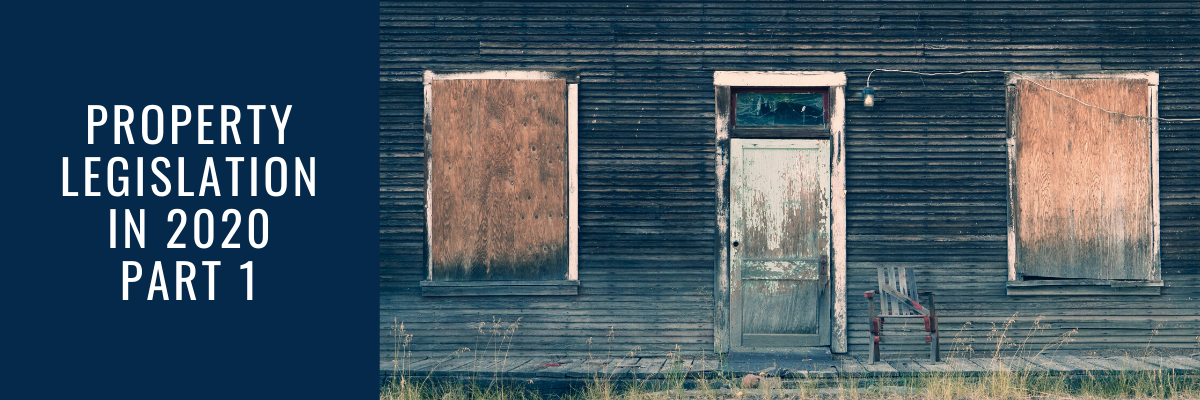As we enter a new decade, the one thing we can be certain about in the private rental sector is that uncertainty seems to be the only certainty. For us and yourselves as landlords to succeed this decade, we must all stay on top of any new legal and regulatory requirements governing the property management approach and the standards of the rental properties themselves. We will look at what new legislation is coming into effect this year.
Homes (Fitness for Human Habitation) Act 2018 Extends to More Tenancies
We refer to this piece of legislation as the ‘Homes Act’. The Homes Act ensures landlords maintain rental properties which are ’fit for human habitation’. Should the property not be up to regulation, the tenant may be able to take their landlord to court. Guidance from the Government website states that "The court can make the landlord carry out repairs or put the right health and safety problems. The court can also make the landlord pay compensation to the tenant."
While the Homes Act had come into force in March 2019, only tenancies commencing after 20 March 2019 were covered by the new law. This included tenants who sign a new tenancy agreement for a home they currently live in, or a new home, or whose tenancy becomes a periodic tenancy on or after 20 March 2019.
The Homes Act will extend to almost all tenancies on 20 March 2020. Apart from tenants whose private tenancy had started before 19 March 2019 and is still within the fixed term, all can use the Homes Act regardless of when their tenancy commenced. Landlords should already be well aware of the Homes Act and the Human Health and Safety Rating System (HHSRS). The HHSRS sets out 29 types of hazards in unsafe homes. Make sure all your properties are free of such hazards by taking a proactive maintenance approach.
The list of 29 types of hazards and more changes coming this year can be found in our Property Legalisation guide for 2020. Click Here to download



 By
By 



Share this with
Email
Facebook
Messenger
Twitter
Pinterest
LinkedIn
Copy this link